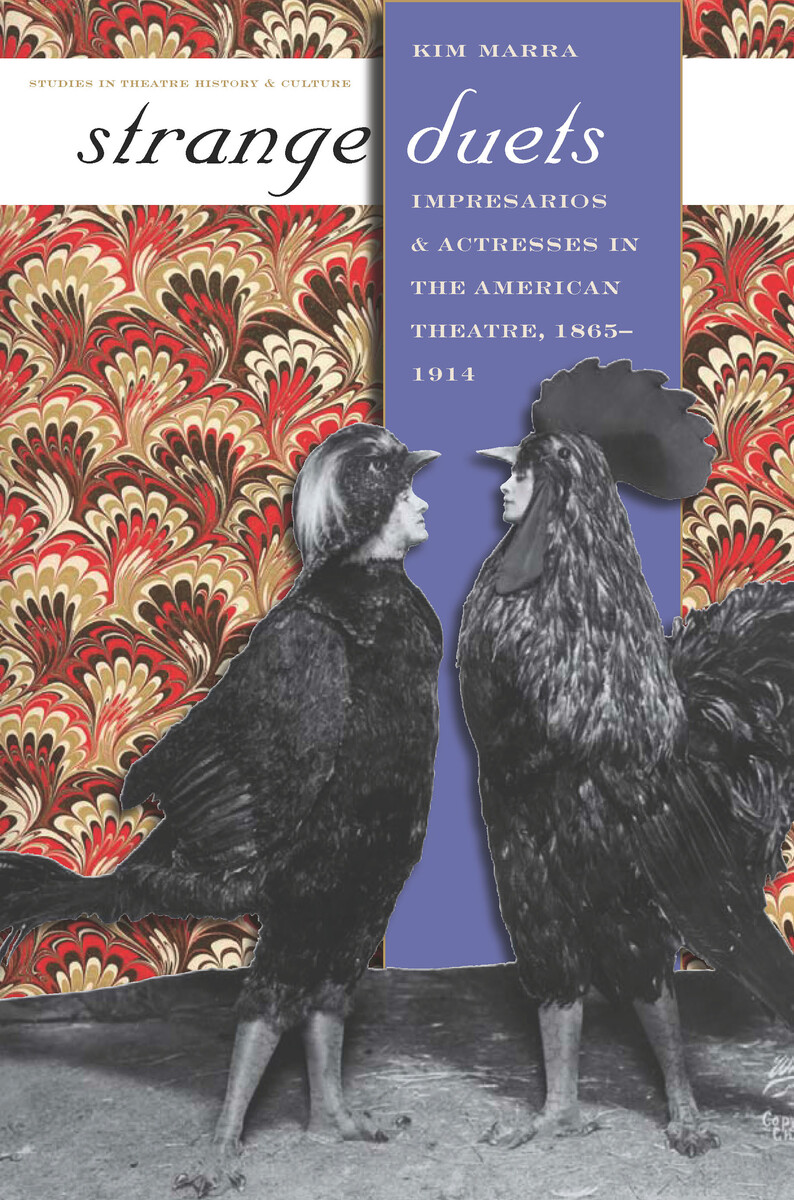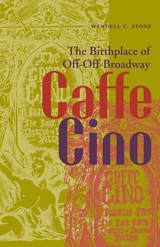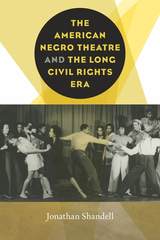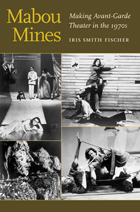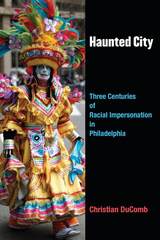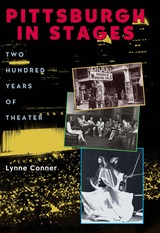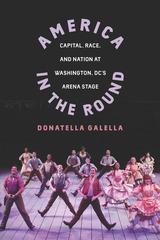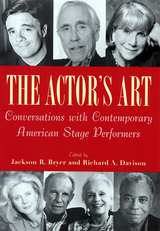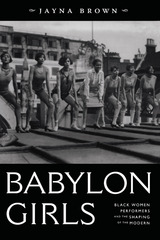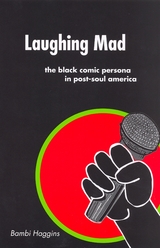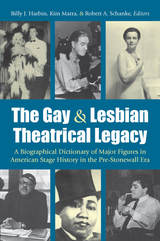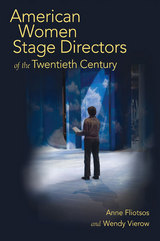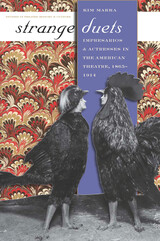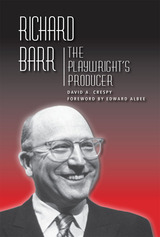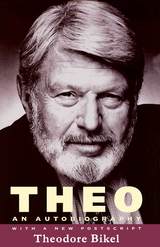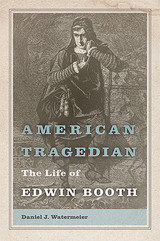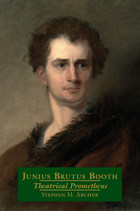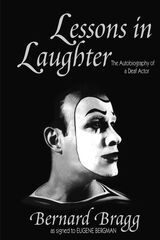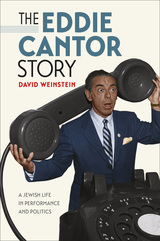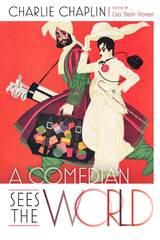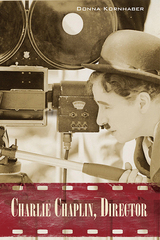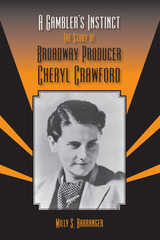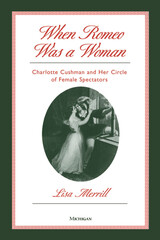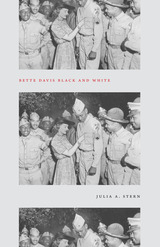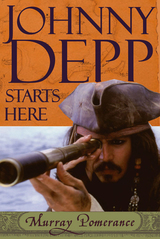Strange Duets: Impresarios and Actresses in the American Theatre, 1865-1914
University of Iowa Press, 2006
eISBN: 978-1-58729-741-0 | Cloth: 978-0-87745-993-4
Library of Congress Classification PN2286.8.M37 2006
Dewey Decimal Classification 792.028092273
eISBN: 978-1-58729-741-0 | Cloth: 978-0-87745-993-4
Library of Congress Classification PN2286.8.M37 2006
Dewey Decimal Classification 792.028092273
ABOUT THIS BOOK | AUTHOR BIOGRAPHY | REVIEWS | TOC | REQUEST ACCESSIBLE FILE
ABOUT THIS BOOK
Autocratic male impresarios increasingly dominated the American stage between 1865 and 1914. Many rose from poor immigrant roots and built their own careers by making huge stars out of “undiscovered,” Anglo-identified actresses. Reflecting the antics of self-made industrial empire-builders and independent, challenging New Women, these theatrical potentates and their protégées gained a level of wealth and celebrity comparable to that of Hollywood stars today. In her engaging and provocative Strange Duets, Kim Marra spotlights three passionate impresario-actress relationships of exceptional duration that encapsulated the social tensions of the day and strongly influenced the theatre of the twentieth century. Augustin Daly and Ada Rehan, Charles Frohman and Maude Adams, and David Belasco and Mrs. Leslie Carter reigned over “legitimate” Broadway theatre, the venue of greatest social cachet for the monied classes. Unlike impresarios and actresses in vaudeville and burlesque, they produced full-length spoken drama that involved special rigors of training and rehearsal to sustain a character’s emotional “truth” as well as a high level of physical athleticism and endurance. Their efforts compelled fascination at a time when most people believed women’s emotions were seated primarily in the reproductive organs and thus were fundamentally embodied and sexual in nature. While the impresario ostensibly exercised full control over his leading lady, showing fashionable audiences that the exciting but unruly New Woman could be both tamed and enjoyed, she acquired a power of her own that could bring him to his knees.Kim Marra combines methods of cultural, gender, and sexuality studies with theatre history to explore the vexed mutual dependency between these status-seeking Svengalis and their alternately willing and resistant leading ladies. She illuminates how their on- and off-stage performances, highly charged in this Darwinian era with “racial” as well as gender, sexual, and class dynamics, tapped into the contradictory fantasies and aspirations of their audiences. Played out against a backdrop of enormous cultural and institutional transformation, the volatile romance of Daly and Rehan, closeted homosexuality of Frohman and Adams, and carnal expiations of Belasco and Carter produced strange duets indeed.
See other books on: 1865 - 1914 | Actresses | American Theatre | Impresarios | Theater
See other titles from University of Iowa Press
